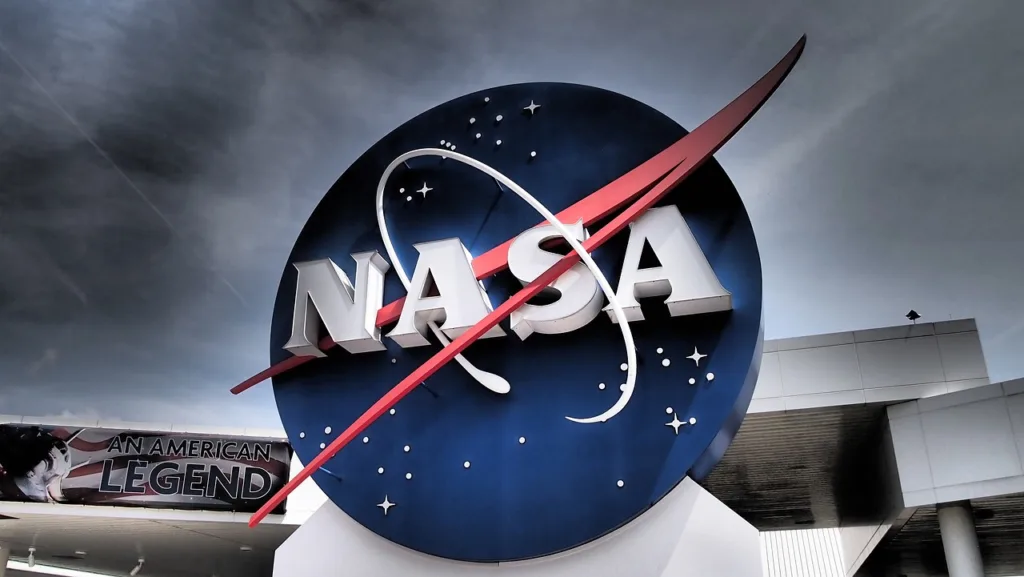WASHINGTON UPDATE- NASA is expected to come to a better conclusion this summer to finalize the commercial partners with the goal of future Mars research and missions.
A request for proposals was issued by NASA’s Jet Propulsion for future robotic missions. The study will be conducted for 12 weeks, worth $200,000 or $300,000.
Eric Lanson, director of NASA’s Mars exploration program showed his gratitude towards the commercial standpoint. And it was stated that they are very interested in the progress.
JPL received proposals on February 27. Ianson stated that the organization was reviewing them to award grants in April. That would enable the studies’ findings to be published sometime during the summer.
Glimpse of NASA Planning for Exploration;
The studies will concentrate on four specific design reference missions: carrying small payloads up to 20 kg into Mars orbit;
carrying large payloads up to 1,250 kg into Mars orbit; offering high-resolution imaging capabilities for the Martian surface;
and offering communications relay services across Mars and our planet to look into commercial possibilities to support Mars exploration.
The study is connected to a Mars expedition proposal that NASA released almost a year ago.
The “Exploring Mars Together” strategy outlined the automated missions that NASA intended to send to Mars after the Martian Sample Return program. NASA said at the time that this included opportunities for business partnerships in addition to regular NASA-led missions.
The suggested NASA missions’ commercial potential as well as their technical feasibility would be examined in the research. Ianson gave data relay as an excellent illustration of such. “Is the commercial sector interested in offering services related to communication relay on Mars?
If yes, how would we go about developing a public-private partnership and what would the cost be?”
Committee members were considering the subject of commercial viability and compared it to NASA’s Commercial Lunar Payload Services (CLPS) program.
They questioned if the commitment to such expeditions from non-NASA entities would be adequate to support successful commercial collaborations.
Another aim of the research is to investigate how collaborations might fill in impending holes in NASA’s Mars infrastructure. He showed concern about being able to maintain the capability of data transfer relay back to Earth from Mars because our Martian relay network is a bit old.
These days, science orbiters that have served well past their primary missions supply those services.
The Mars Reconnaissance Orbiter’s HiRISE camera, which has been on the planet for almost 20 years, presently provides high-resolution imagery that also reflects this. He also expressed knowing the limitations the agency can work up to and succeed.
NASA keeps improving the Exploration of Mars Together, as this approach was announced last year, in addition to the commercial studies. This tactic has mostly been used in graphs and slideshows.

